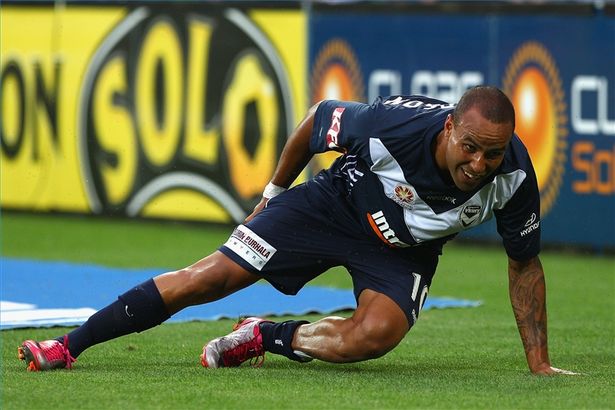The rehabilitation procedures for a hamstring tear (aka strain) include: progressive ROM, graduated exercise (stretching, conditioning , and total body fitness), training, and use of heat and cold. A tear or strain is a tear to any one of the three hamstring muscles. Rehabilitation for a hamstring tear should be individualised, depending on the specific muscle injured and the classification of strain (see tears, sprains and contusions for more info on classifications of tears). This said, there are some basic guidelines that can be followed.
Immediate hamstring tear treatment
The immediate treatment for a hamstring strain is RICER (Rest, Ice Compression, Elevation, and Referral). This should be applied for the first 48 hrs as appropriate care during the acute phase. Once the injury has been assessed by a professional (Medical Practitioner, Physiotherapist, Specialist etc) and surgery completed if required, rehabilitation may begin.
Stretching and increased ROM
There should be no stretching of the hamstring during the initial acute period of injury. This will allow the injury to begin to heal before it is pulled at, which will cause further injury. Once a professional has declared this to be over, stretching becomes the first rehabilitation procedure for a hamstring tear.
Stretching should begin using isometric stretching, where the hamstring is stretched with no pain. The muscle should just begin to stretch and then it should be held there, not taken further. Adjustments to the stretch, such as straight legged, then bent leg, should be used to target each hamstring individually.
Stretching can then progress to PNF and dynamic stretches as functional capacity begins to return to the leg. Stretching will help to increase and restore the range of motion/movement at the knee and hip as the hamstring goes across both joints.
Conditioning
Conditioning is another aspect of the rehabilitation procedures for a hamstring tear. General strengthening exercises should be pain free. The athlete should begin with isometric contractions of the hamstring that are a low intensity to begin with. Isometric exercises should be conducted throughout the pain free range of movement.
Conditioning exercises will then progress through a range of dynamic activities as recovery continues. Movements will then become functional, before sport specific exercises are given. During these exercises it is important to minimise pain, and often cold therapy is used if pain occurs.
Total body fitness
After the acute phase of injury, stationary equipment is used to maintain and/or enhance total body fitness. Arm ergometers can be used to help maintain cardiovascular fitness, but also rowing machines and cross trainers can be used, as long as the intensity keeps the hamstring pain free. From these low impact machines the athlete will progress to light jogging and before agility runs. Finally the athlete will progress to full sprints.
Training
One of the final rehabilitation procedures for a hamstring tear is training. Once the athlete has been given the clear from a professional, they may return to training. It will take a while for the muscular endurance and power produced by the hamstring to return. The athlete will also become more confident to use the hamstring to their full potential through training drills.
Use of heat and cold
This rehabilitation procedure for a hamstring tear is used throughout the recovery process. Cold therapy is used when pain occurs, especially during the acute phase of injury, or after rehabilitation exercises. Heat is not used in the acute phase, but may be used to enhance blood flow to the hamstring before stretching or rehabilitation exercises in order to increase flexibility, and to provide blood flow to the area in order to speed up the healing process.
The use of these rehabilitation procedures for a hamstring tear, will help provide a speedy recovery, while maintaining athlete safety and reducing the chance of re-injury.
Further information
Further information can be found at http://www.sportsinjuryclinic.net/sport-injuries/thigh-pain/hamstring-strain, or you can watch more videos at our Sports Medicine YouTube playlist. I also recommend you read through the SMA Fact Sheet-Hamstring Strain.

